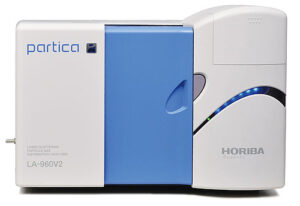Particle Characterization
Particle size matters, in foods, pharmaceuticals and coatings but also forestry, mining and agriculture. And apart from size, there are also the particle shapes and surface area to consider, as well as the zeta potential (the electrical potential at the interface which separates mobile fluid from fluid that remains attached to the surface of a particle) and, of course, particle concentration. All these characteristics are important to understand and monitor particles in a wide variety of systems, from bulk materials for manufacturing to virus particles in our blood stream.






